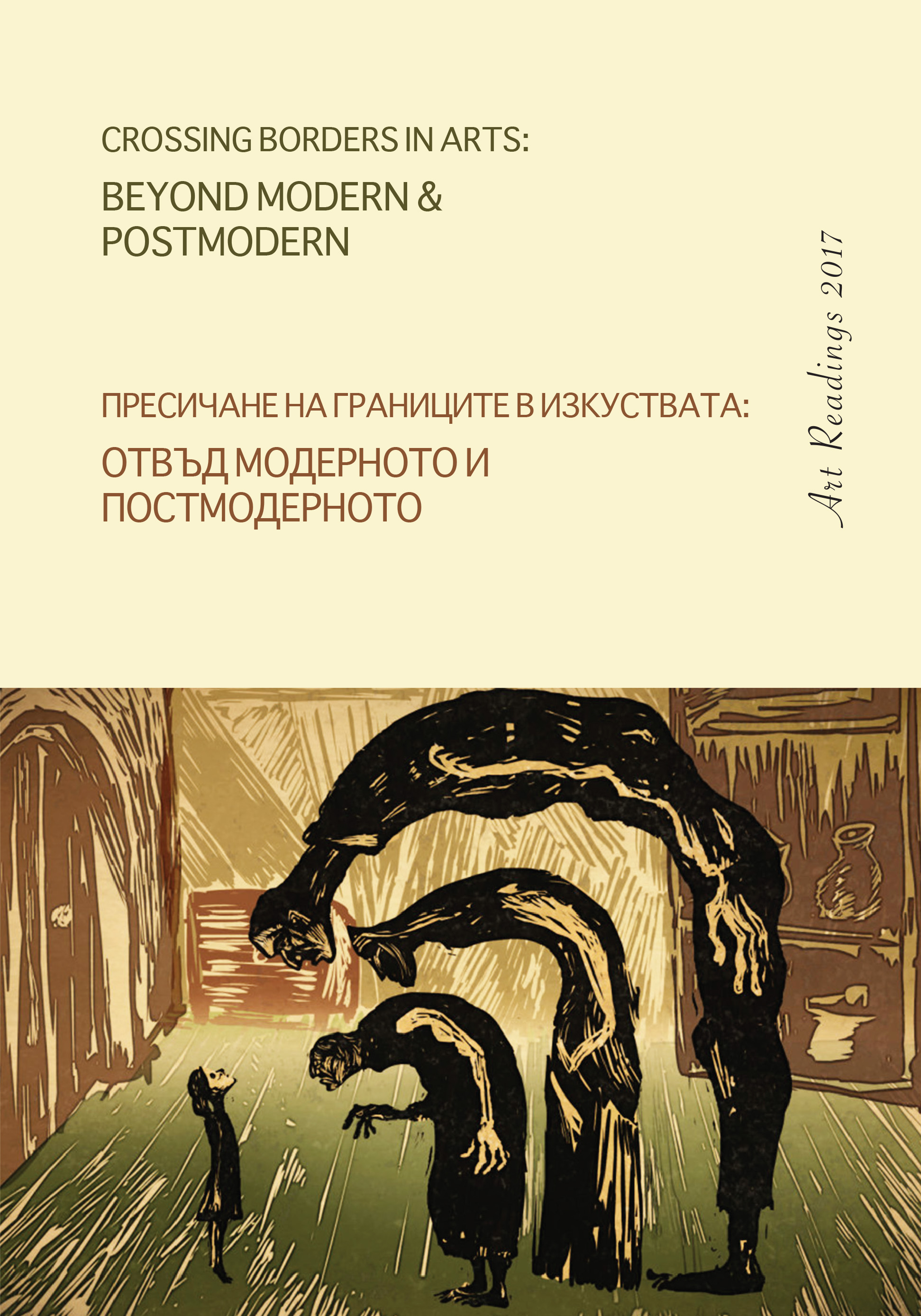Образи на изкуствата, творчеството, твореца във в. „Българан“ (1904–1909) – карикатурната рецепция
Representations of arts, works and artists in Bulgaran weekly (1904–1909): reception of cartoons
Author(s): Milena Georgieva, Milena A. GeorgievaSubject(s): History, Fine Arts / Performing Arts, Visual Arts
Published by: Институт за изследване на изкуствата, Българска академия на науките
Summary/Abstract: This article develops an issue related to the encounter of different arts (theatre, music, literature) in their caricaturised images in the satirical weekly Bulgaran, the newspaper of the group of the same name of bohemian artists in the early twentieth-century Bulgaria. How the cartoonists regarded these arts, which, following the Liberation of Bulgaria in 1879, moved at a rapid pace towards Europeanisation and modernisation; what they liked, what embarrassed or disgusted them or was not recorded in their newly-built humorous image; what their messages were: all these questions are also related to the development of a new creative awareness, where context and environment played a significant role. Rather, caricaturising, take-offs of arts and their creators aroused admiration. It was their specific way of promoting themselves in the press, the most powerful and modern media at the time. The article focuses on the visual personalisation of the artist him/herself, on the conflict between their material misery and spiritual calling; examining the generation gap between “the young and the old”; analysing the theatricalisation of cartoons and the use of the newspaper as a political and social scene for cartoons. Interesting is the use of the metaphor of masquerade (both visual and verbal) to represent all sorts of topical issues: political, cultural, moral, erotic. The caricatural reception of different arts, their interpenetration in the newspaper shaped a consumer audience in those early years and that is the reason why their visual interpretation is associated, as a whole, with a culturoanthropological view of the creative drive of Bulgaria’s “belle époque”, of the status of arts and value hierarchy of that age.
Journal: Изкуствоведски четения
- Issue Year: 2017
- Issue No: 2
- Page Range: 257-269
- Page Count: 13
- Language: English, Bulgarian
- Content File-PDF

